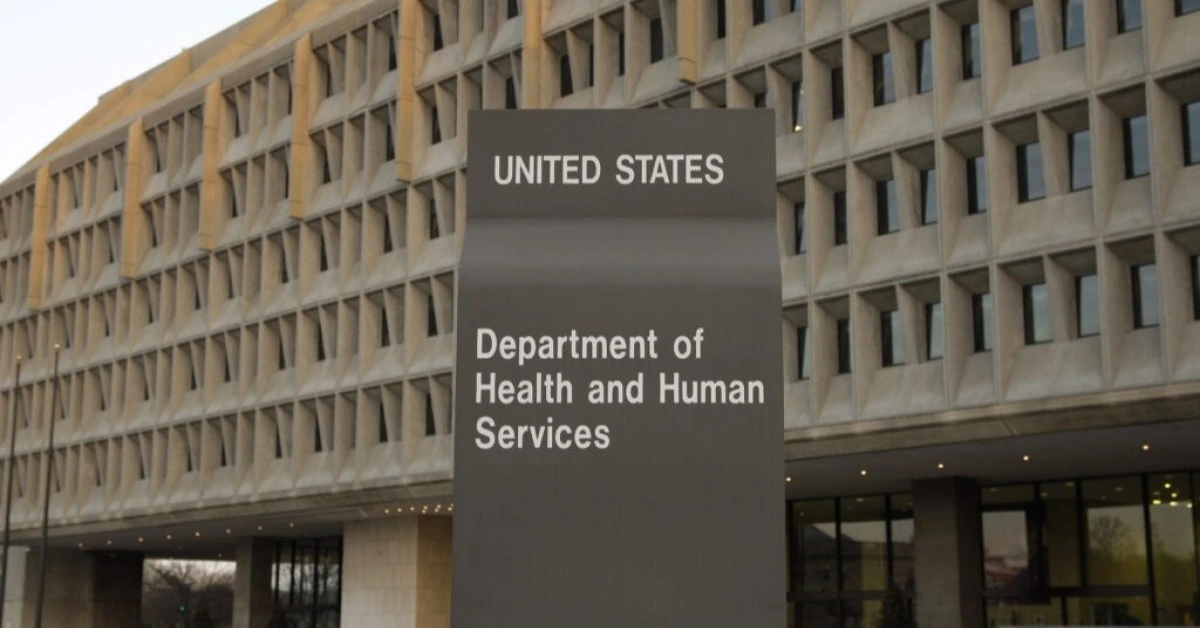
USA – Reduction in force (RIF) job losses have begun to ripple across U.S. federal agencies, including the Food and Drug Administration (FDA) and the Centers for Disease Control and Prevention (CDC), amid sweeping workforce cuts.
Multiple media reports indicate that affected employees started receiving email notifications on April 1, marking the beginning of a significant restructuring effort at several key health institutions.
The layoffs come in the wake of a bold announcement by U.S. Health and Human Services (HHS) Secretary Robert F. Kennedy Jr., who recently revealed plans to cut 10,000 full-time positions within the agencies overseen by his department.
When combined with the ongoing early retirement scheme, the “Fork in the Road” deferred resignation program, and the recent dismissal of probationary workers, total workforce reductions are expected to reach around 20,000.
As part of the new policy, employees in roles across human resources, procurement, finance, and information technology are reportedly being targeted.
According to reports, some staff members have been instructed to present their badges upon arrival at work, with those identified for RIF receiving a ticket and being sent home immediately.
In some instances, FDA staff were told to take their work laptops home in anticipation of receiving a RIF email later in the day.
The situation has stirred concern within the pharmaceutical industry, which fears that the widespread job losses could significantly impact critical processes, such as the regulatory review of new products and the development of guidance for the use of medicines, including vaccines.
The potential disruption of these functions raises questions about the broader implications for public health and safety, as experienced professionals are removed from key oversight roles.
Under Secretary Kennedy’s new plan, the FDA is expected to shed approximately 3,500 workers, while the CDC is projected to reduce its headcount by around 2,400.
Additionally, the National Institutes of Health (NIH) is slated to lose about 1,200 employees. Although RIF notices indicate that these employees are being placed on administrative leave, it remains unclear whether these actions will be temporary or will ultimately result in permanent terminations.
In the U.S., RIFs typically imply permanent job losses, which only intensifies the anxiety among federal workers.
Adding to the controversy, this wave of layoffs follows an executive order issued by President Donald Trump aimed at ending collective bargaining with federal labor unions in agencies with “national security” missions—a category that includes HHS.
The American Federation of Government Employees (AFGE) has vowed to challenge this move in court, arguing that such measures undermine workers’ rights and disrupt established grievance procedures.
The Office of Personnel Management (OPM) has also issued guidance to federal agencies to terminate union rights and contracts, further fueling unrest.
The fallout from these actions has already been felt by senior officials. Notably, Peter Marks, the director of the FDA’s Center for Biologics Evaluation and Research (CBER), recently resigned, citing that Secretary Kennedy sought only “subservient confirmation of his misinformation and lies” from federal employees.
XRP HEALTHCARE L.L.C | License Number: 2312867.01 | Dubai | © Copyright 2025 | All Rights Reserved